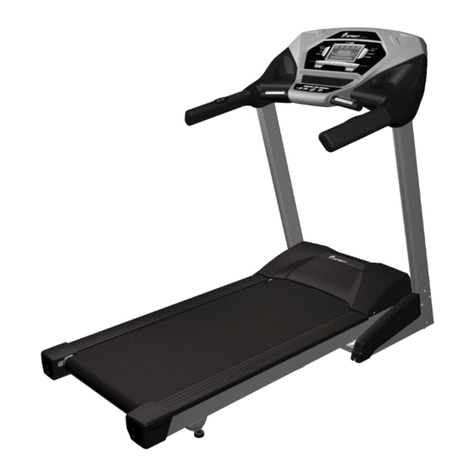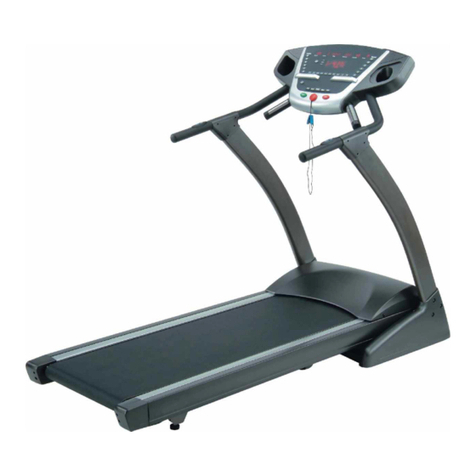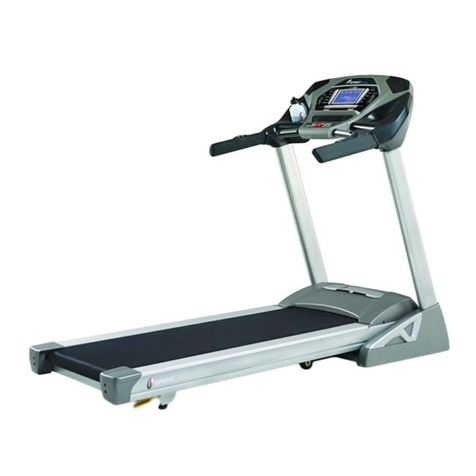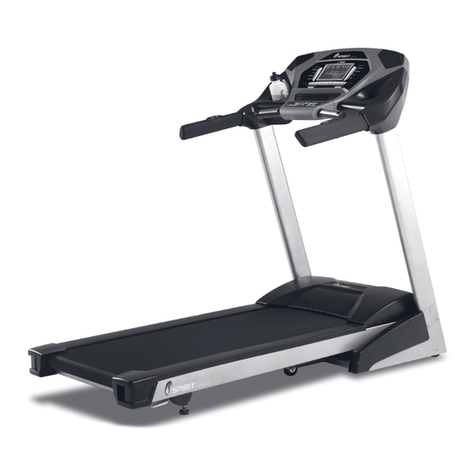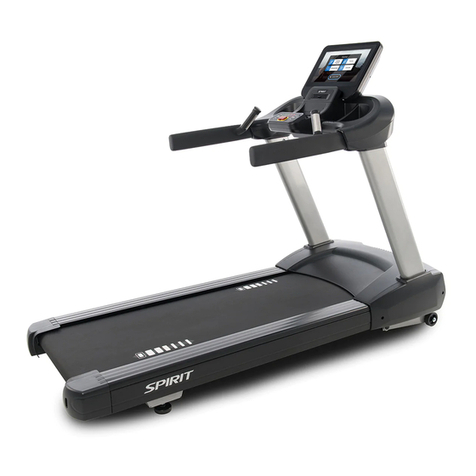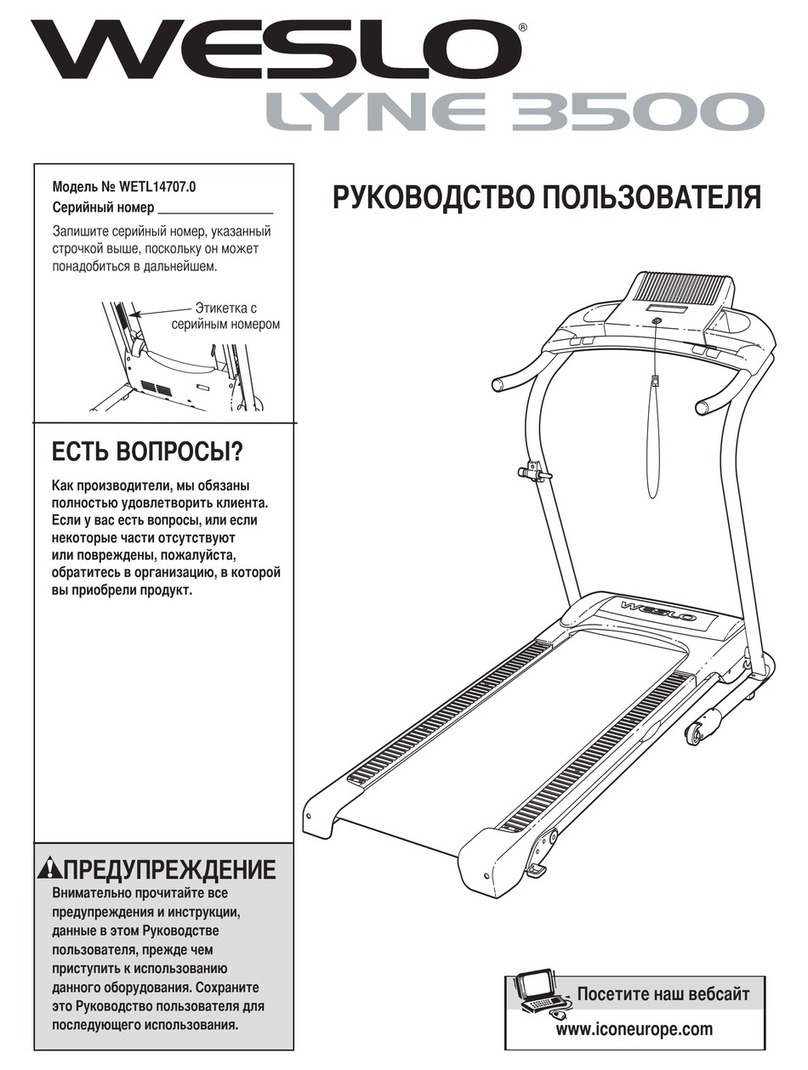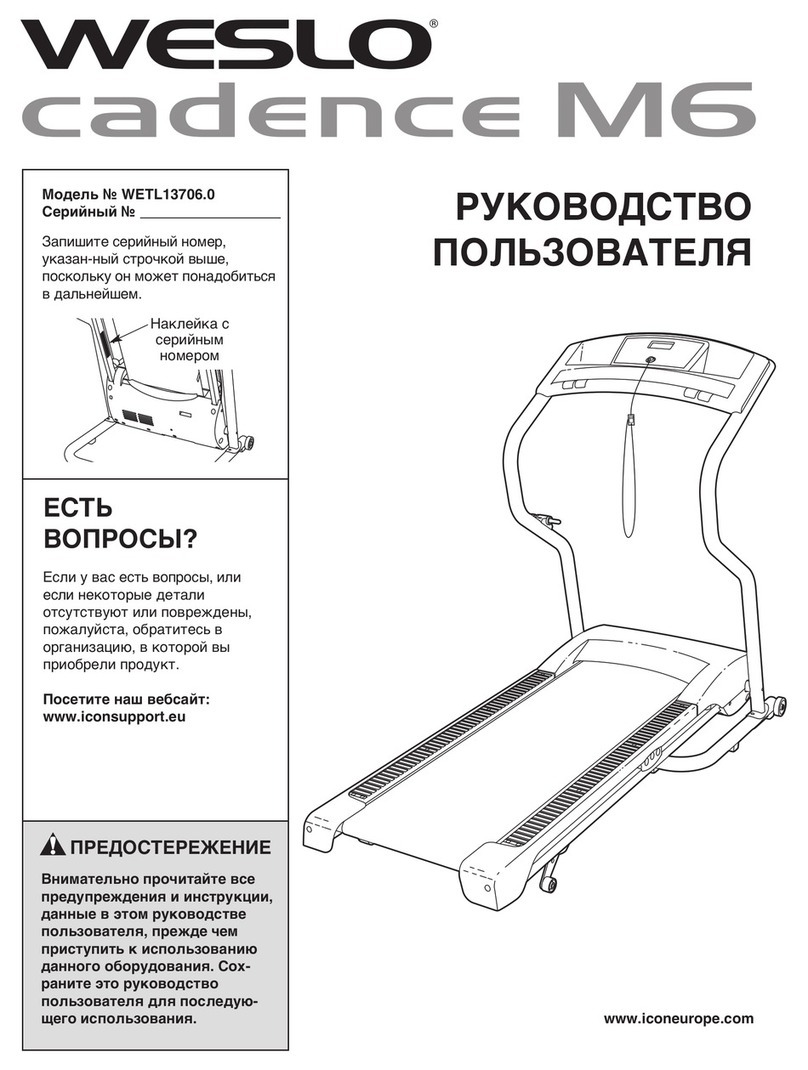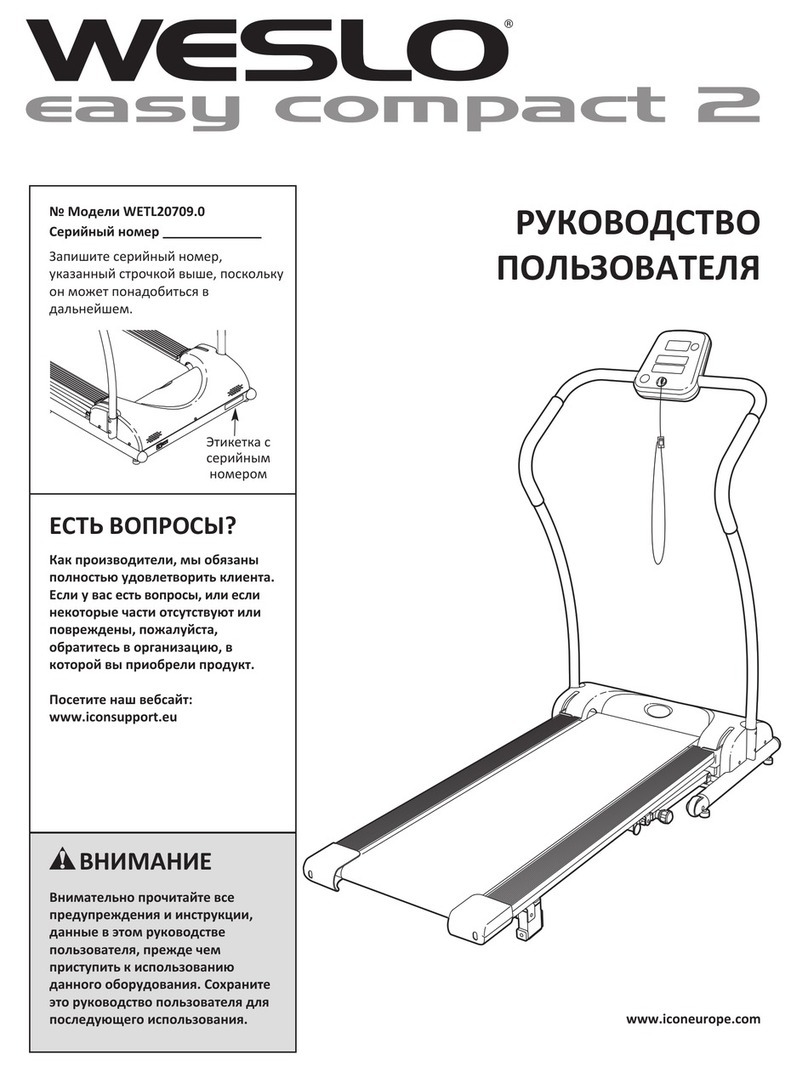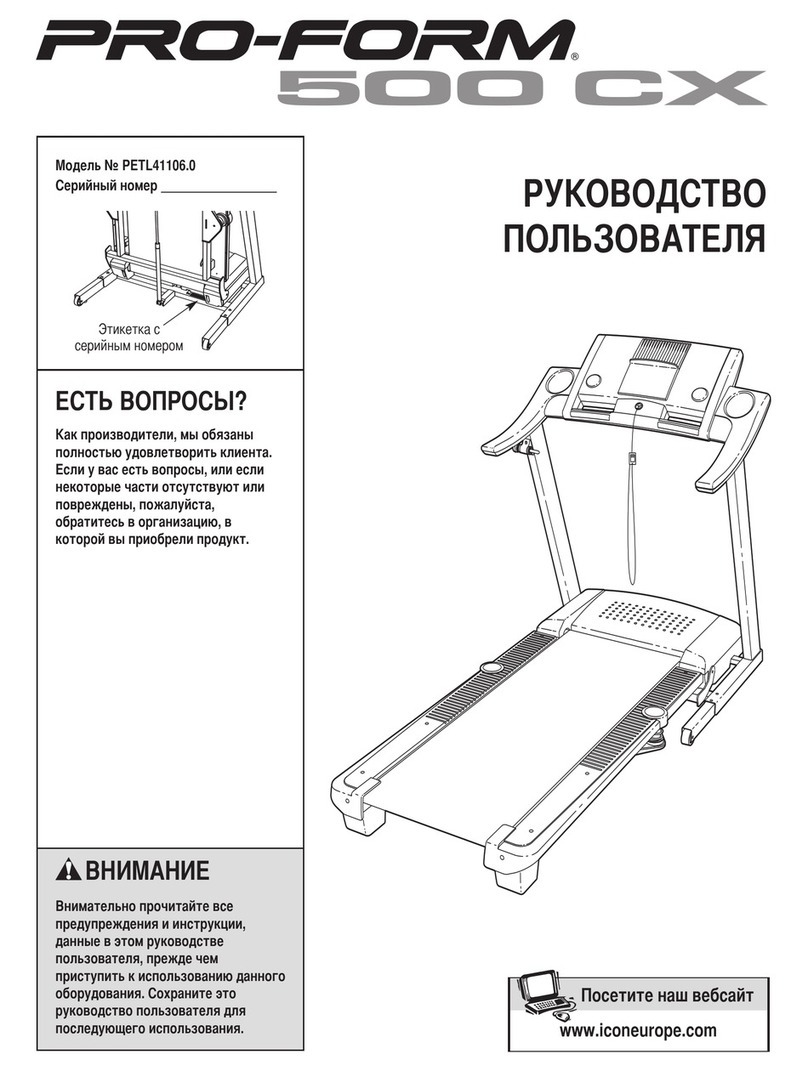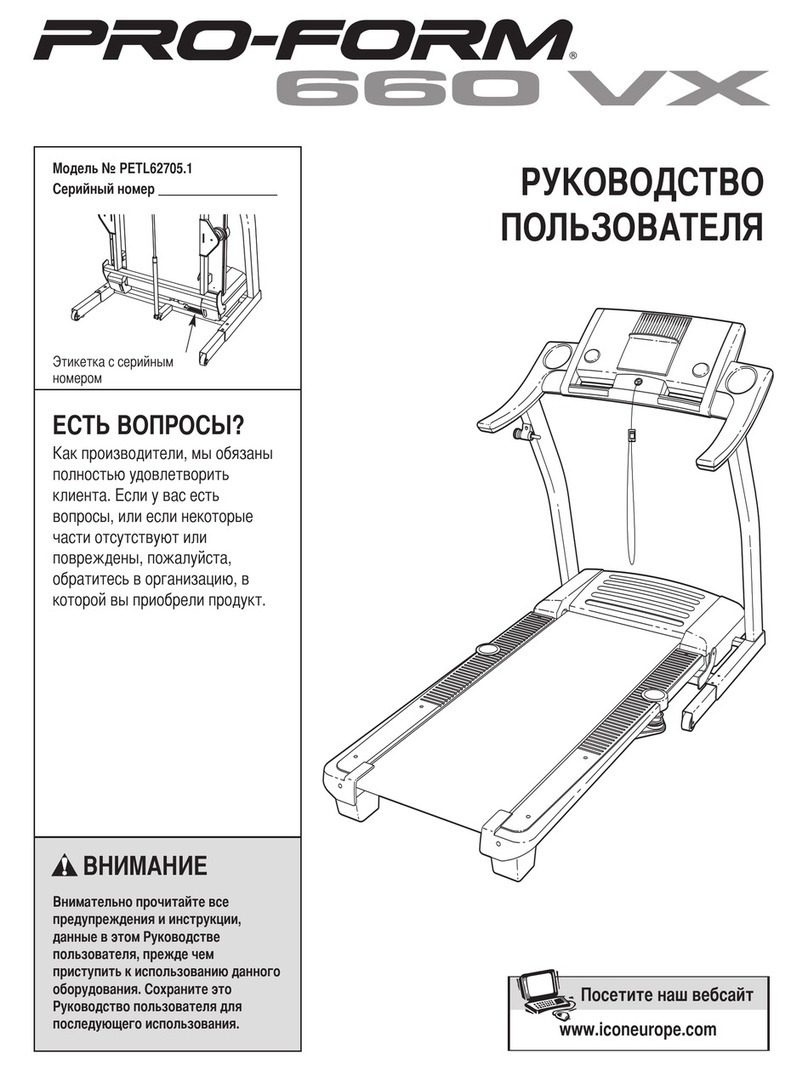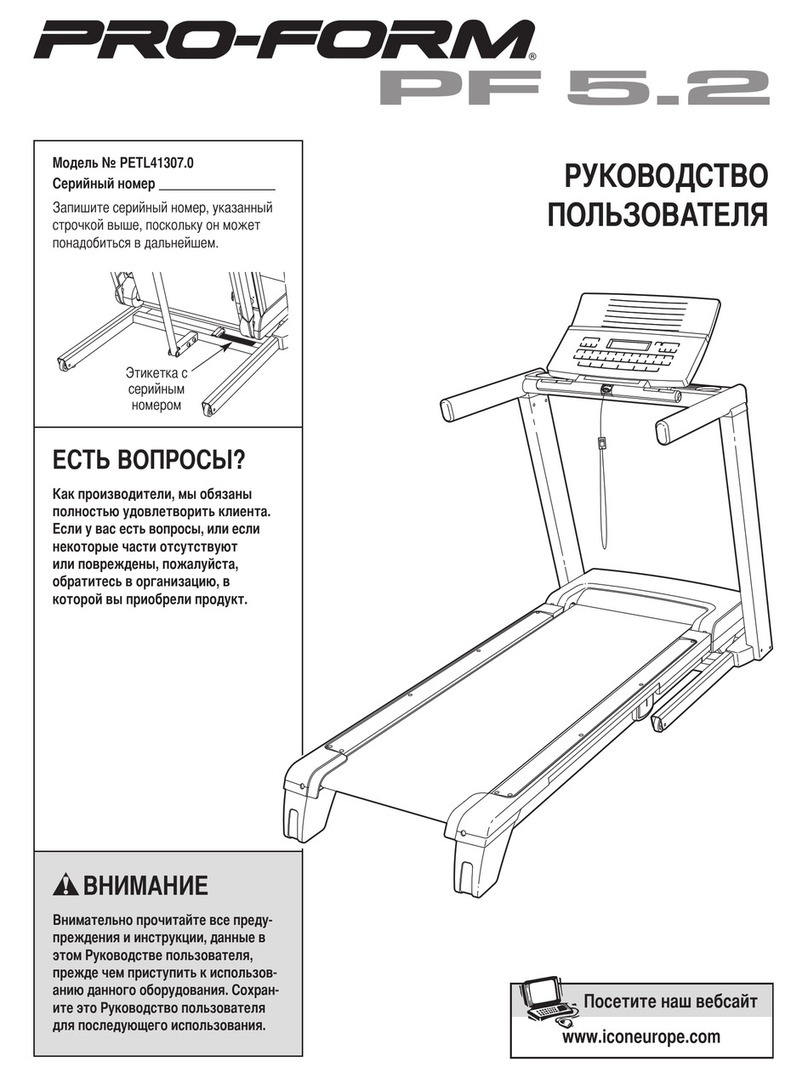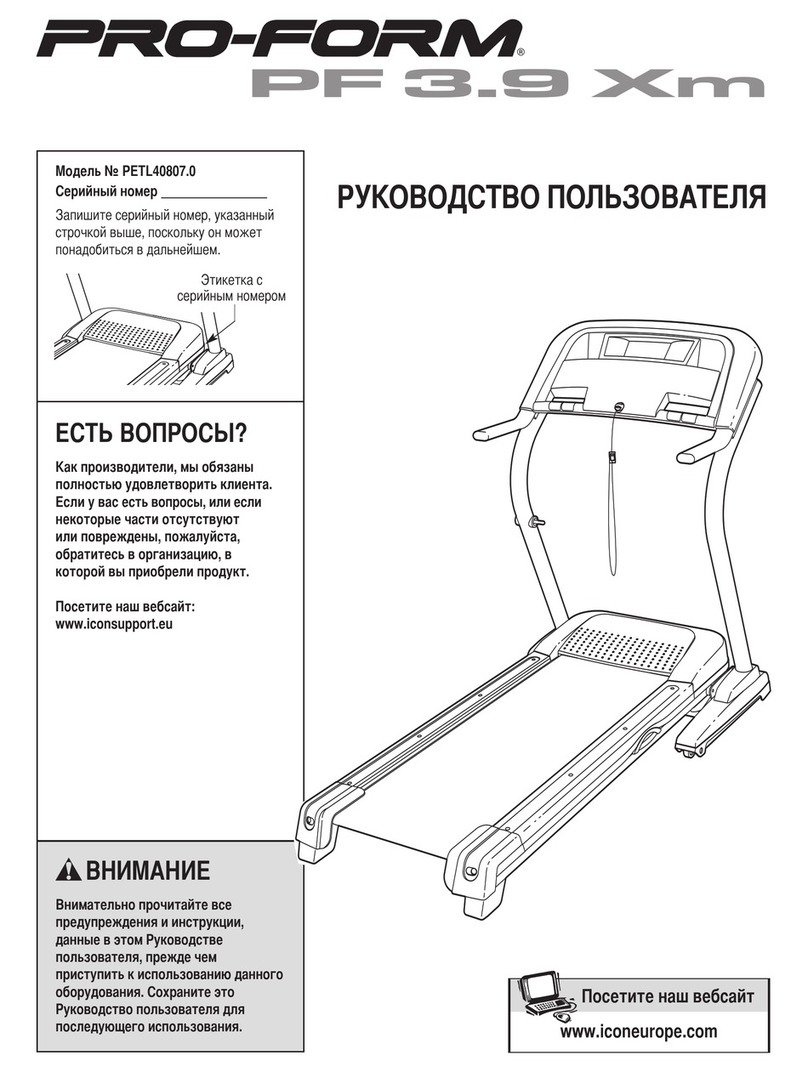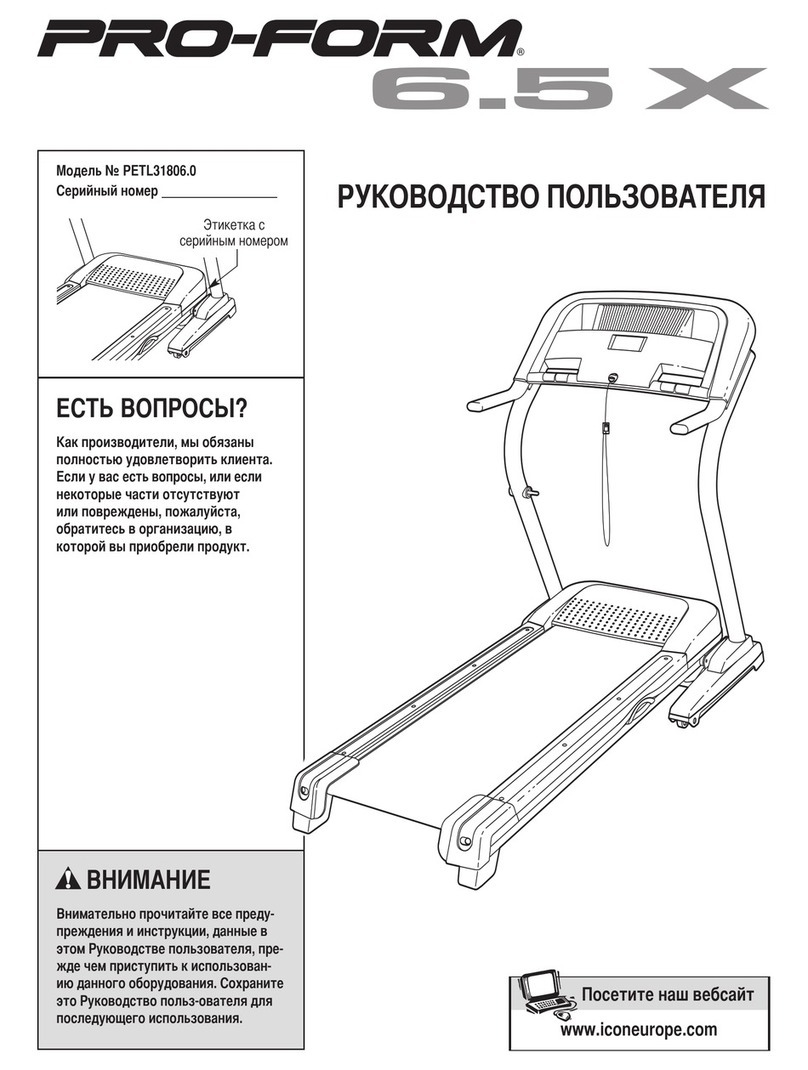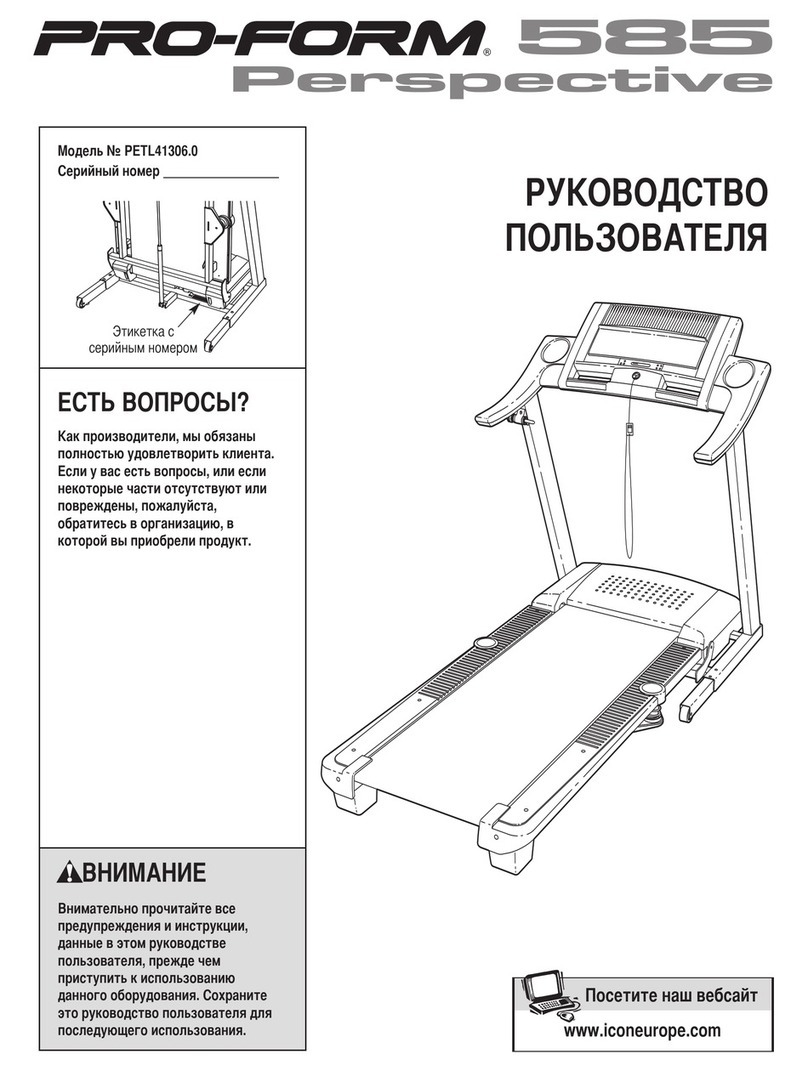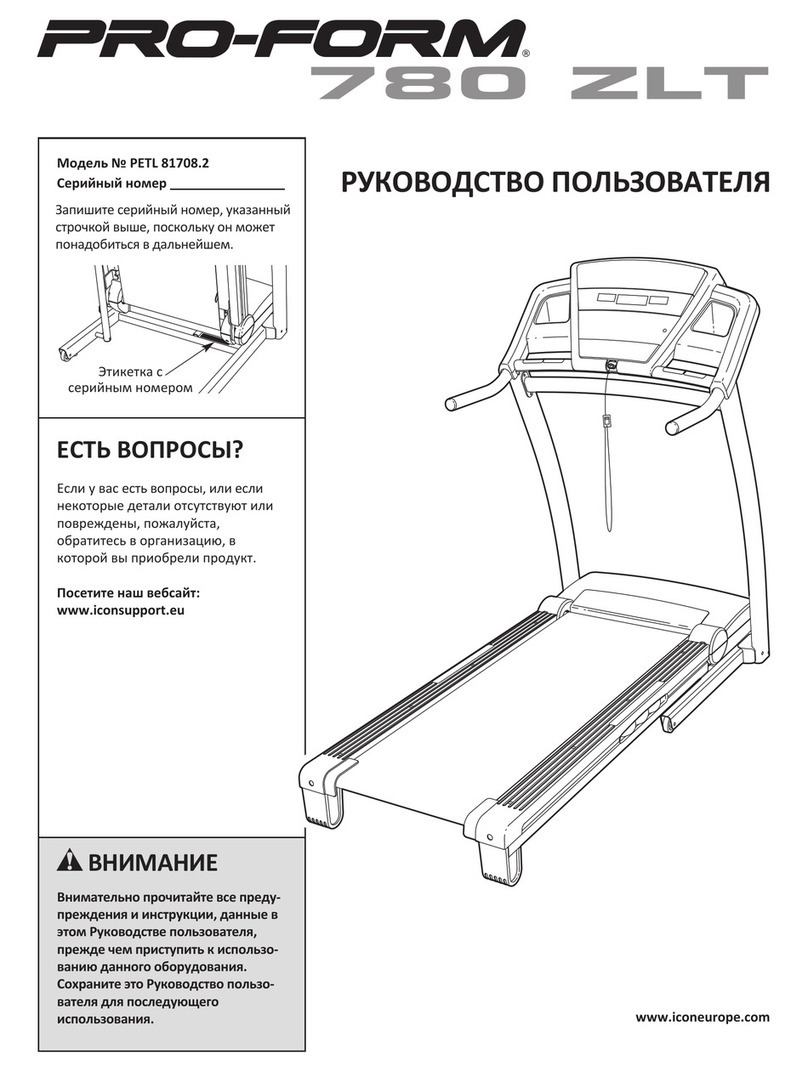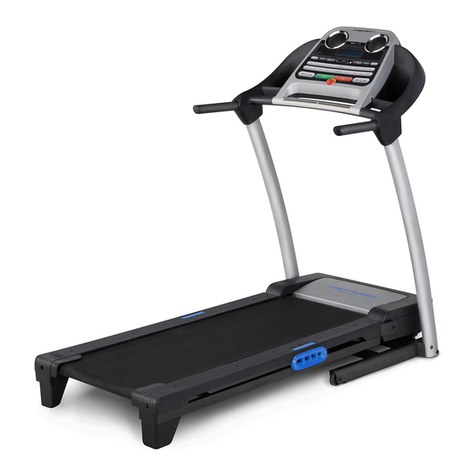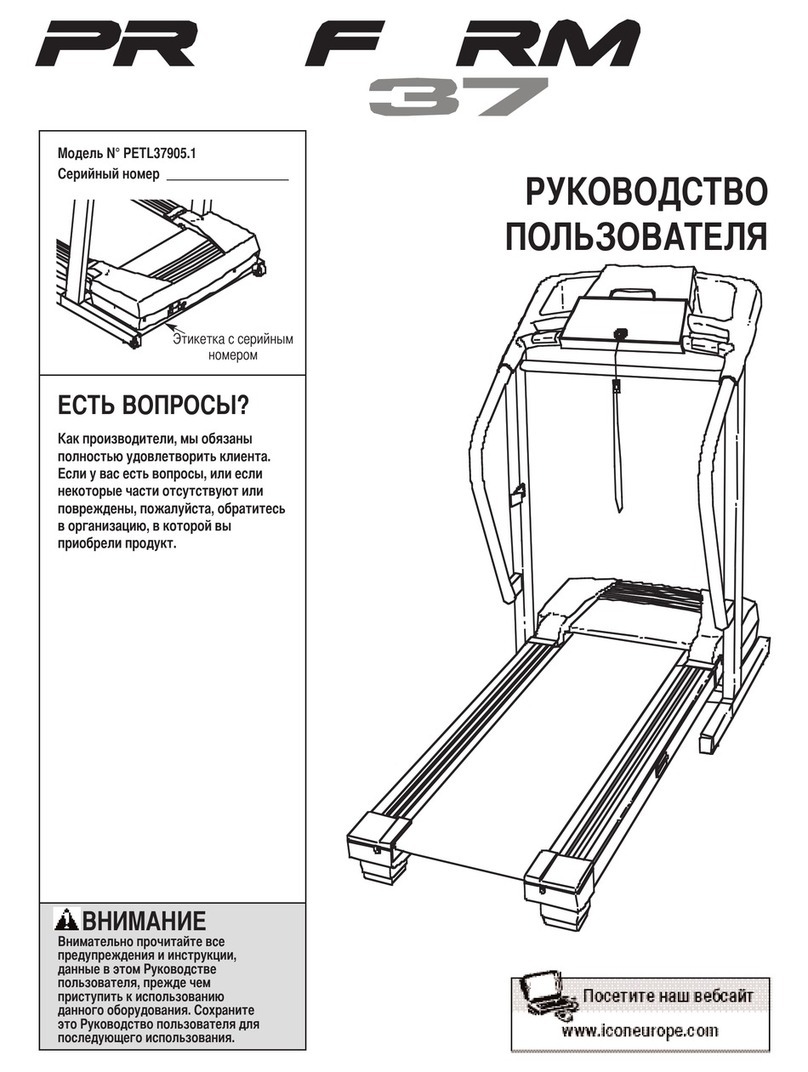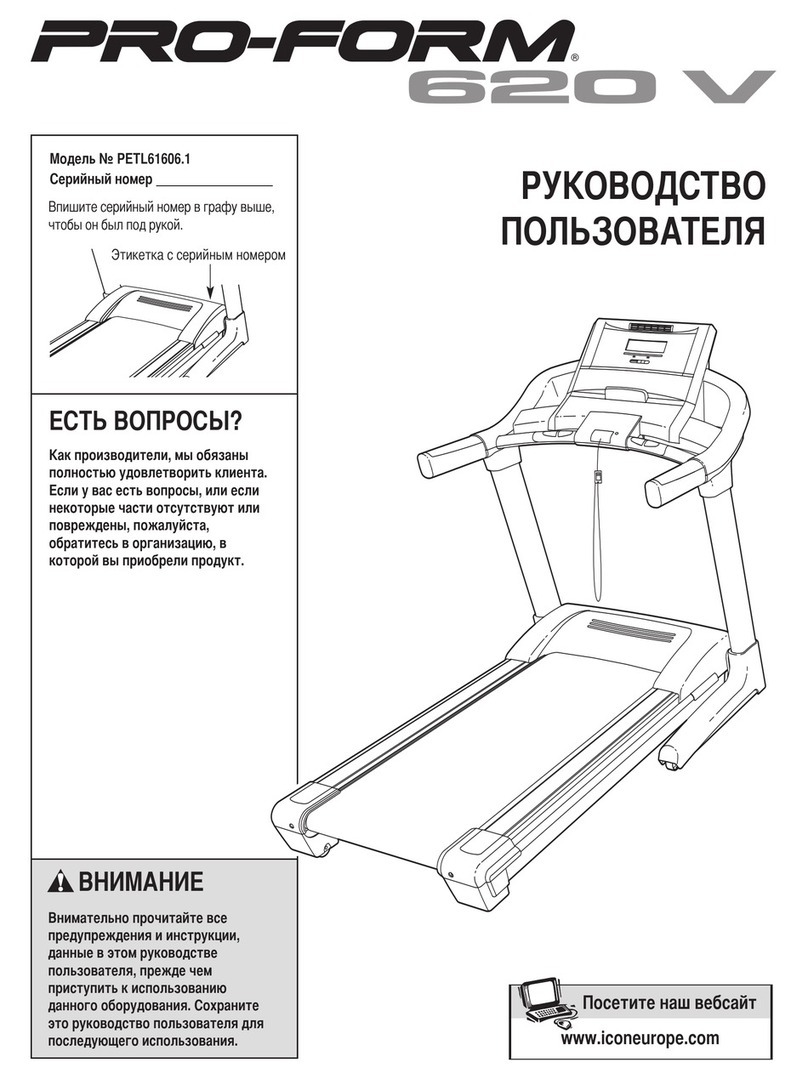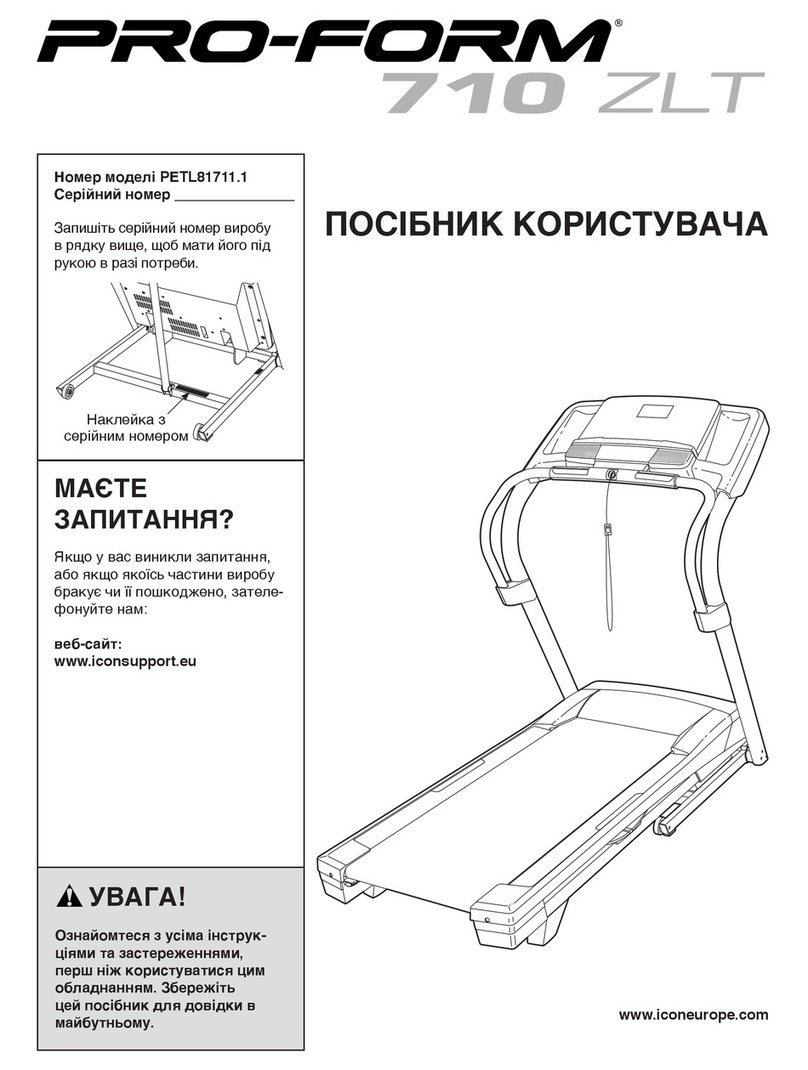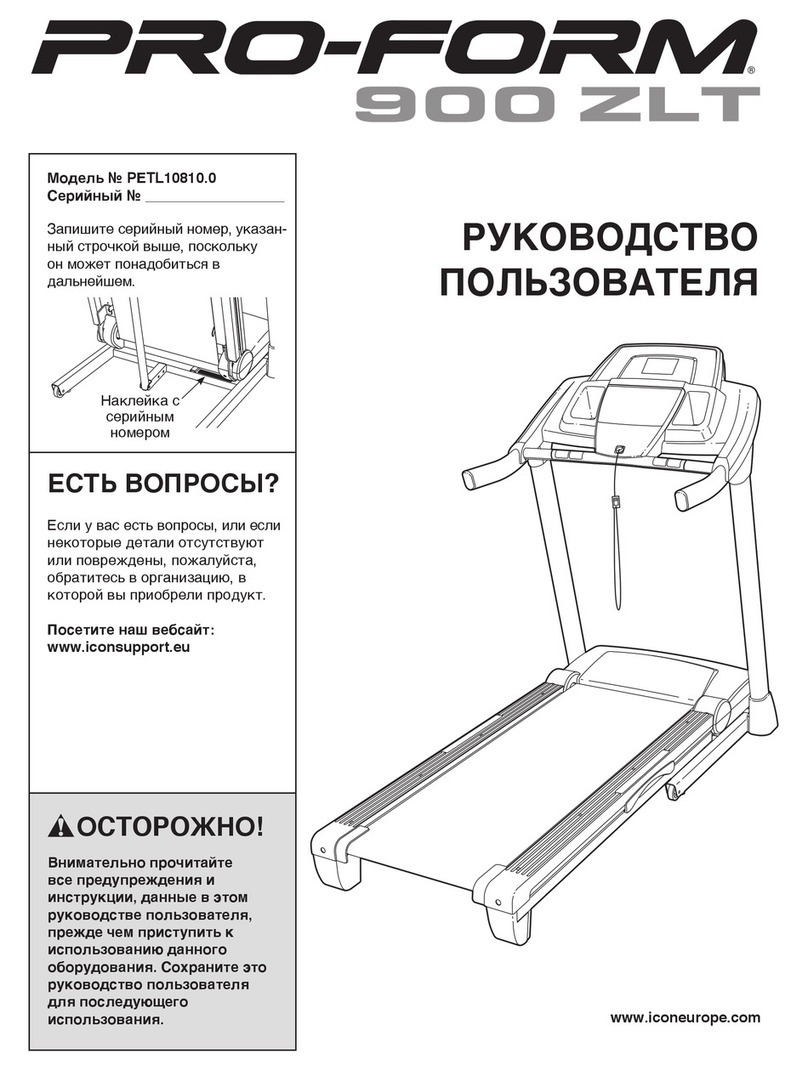
-20-
How to wear your wireless chest strap transmitter:
1. Attach the transmitter to the elastic strap using the locking parts.
2. Adjust the strap as tightly as possible as long as the strap is not too tight to remain comfortable.
3. Position the transmitter with the logo centered in the middle of your body facing away from your
chest (some people must position the transmitter slightly left of center). Attach the final end of the
elastic strap by inserting the round end and, using the locking parts, secure the transmitter and strap
around your chest.
4. Position the transmitter immediately below the pectoral muscles.
5. Sweat is the best conductor to measure very minute heart beat electrical signals. However, plain
water can also be used to pre-wet the electrodes (2 black square areas on the reverse side of the
belt and either side of transmitter). It’s also recommended that you wear the transmitter strap a few
minutes before your work out. Some users, because of body chemistry, have a more difficult time in
achieving a strong, steady signal at the beginning. After “warming up”, this problem lessens. As
noted, wearing clothing over the transmitter/strap doesn’t affect performance.
6. Your workout must be within range - distance between transmitter/receiver – to achieve a strong
steady signal. The length of range may vary somewhat but generally stay close enough to the
console to maintain good, strong, reliable readings. Wearing the transmitter immediately against
bare skin assures you of proper operation. If you wish, you may wear the transmitter over a shirt. To
do so, moisten the areas of the shirt that the electrodes will rest upon.
Erratic Operation:
Caution! Do not use this treadmill for Heart Rate Control unless a steady, solid Actual Heart
Rate value is being displayed. High, wild, random numbers being displayed indicate a
problem.
Areas to look for on interference:
(1) Treadmill not properly grounded - A must!
(2) Microwave ovens, TV’s, small appliances, etc.
(3) Fluorescent lights.
(4) Some household security systems.
(5) Perimeter fence for a pet.
(6) The antenna that picks up your heart rate is very sensitive. If there is an outside noise source,
turning the whole machine 90 degrees may de-tune the interference.
(7) If you continue to experience problems contact your dealer.
WARNING!
DO NOT USE THE HEART RATE CONTROL PROGRAM IF YOUR HEART RATE IS NOT
REGISTERING PROPERLY ON THE TREADMILL’S DISPLAY!
Using a Heart Rate Transmitter (Optional)


